
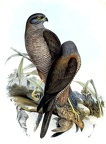 Australian Goshawk
Australian Goshawk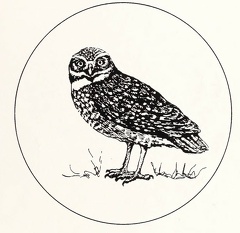 Owl
Owl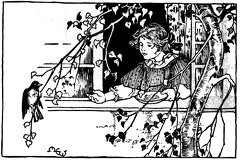 Girl enticing a bird with food
Girl enticing a bird with food Chick in the nest
Chick in the nest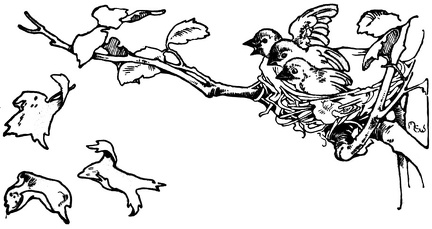 Chicks looking out of neck
Chicks looking out of neck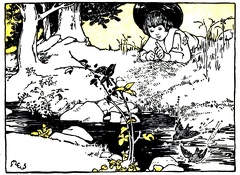 Boy watching a bird
Boy watching a bird Bluebird singing in a tree
Bluebird singing in a tree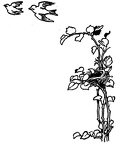 Birds flying away from nest
Birds flying away from nest Birds flying in formation
Birds flying in formation Birds flying in line
Birds flying in line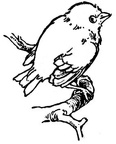 Bird
Bird A birds nest with eggs in it
A birds nest with eggs in it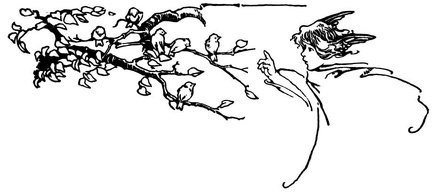 Little girl looking at the birds in the tree
Little girl looking at the birds in the tree Mother bird feeding young in nest
Mother bird feeding young in nest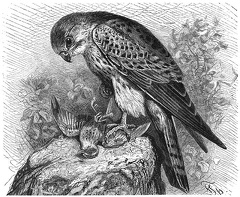 Kestrel
Kestrel On the Watch
On the Watch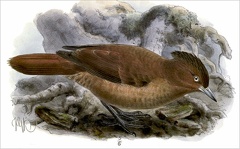 Brown Cachalote
Brown Cachalote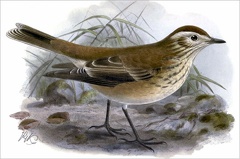 Chat-like Tyrant
Chat-like Tyrant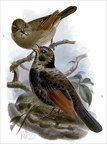 Cow-bird
Cow-bird Bridges’s Wood-Hewer
Bridges’s Wood-Hewer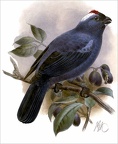 White-Capped Tanager
White-Capped Tanager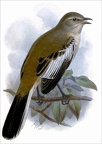 White-banded Mocking-Bird
White-banded Mocking-Bird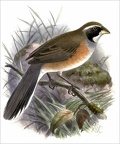 Many-coloured Ground Finch
Many-coloured Ground Finch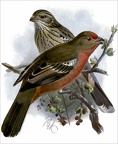 Red-breasted Plant-cutter
Red-breasted Plant-cutter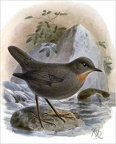 Schulz's Dipper
Schulz's Dipper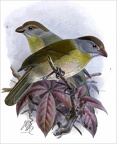 Shrikes
Shrikes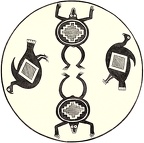 Frogs and Birds
Frogs and Birds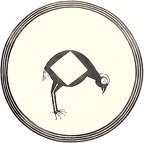 Bird C
Bird C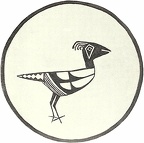 Bird F
Bird F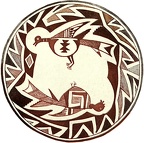 Bird A
Bird A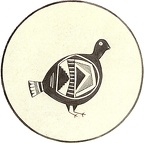 Bird B
Bird B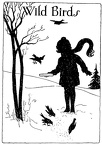 Wild Birds
Wild Birds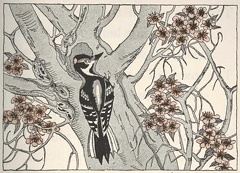 The Woodpeckers Nest
The Woodpeckers Nest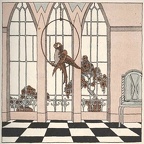 Polly the parrot
Polly the parrot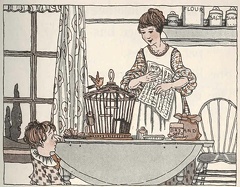 Putting fresh sand in the bird cage
Putting fresh sand in the bird cage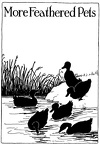 More feathered Pets
More feathered Pets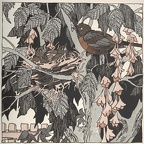 Mother Robin
Mother Robin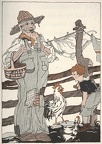 Giving the chickens some water
Giving the chickens some water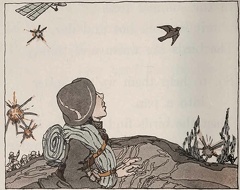 Carrier pigeons in a battle
Carrier pigeons in a battle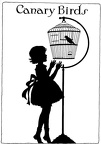 Canary Birds
Canary Birds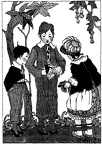 Caring for a wounded bird
Caring for a wounded bird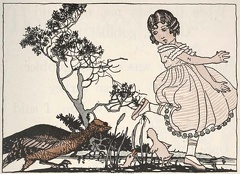 A Turkey Story
A Turkey Story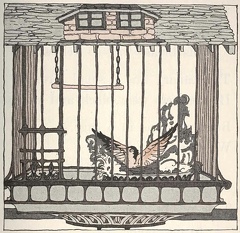 Bird in a cage
Bird in a cage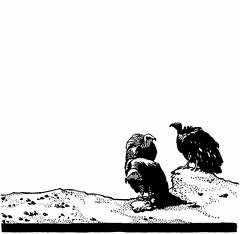 Vultures
Vultures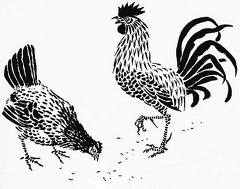 Chickens
Chickens Peacock
Peacock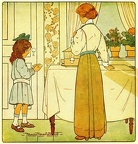 Jean slipped her hand into the cage and drew out Goldie
Jean slipped her hand into the cage and drew out Goldie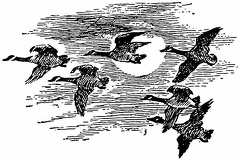 The wild geese had come north, but this fact alone was not proof that winter had gone
The wild geese had come north, but this fact alone was not proof that winter had gone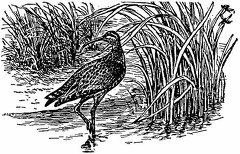 It had a long curved beak
It had a long curved beak Ostrich
Ostrich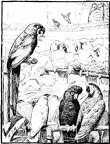 A Select Committee
A Select Committee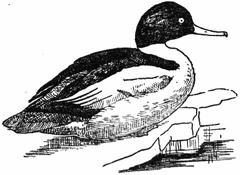 American Merganser, Male
American Merganser, Male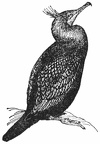 Double-crested Cormorant, Breeding Plumage
Double-crested Cormorant, Breeding Plumage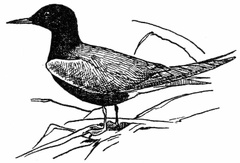 Black Tern, Adult
Black Tern, Adult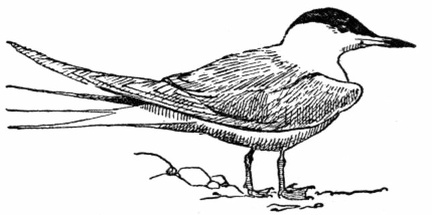 Common Tern, Adult
Common Tern, Adult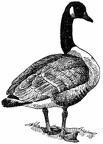 Canada Goose
Canada Goose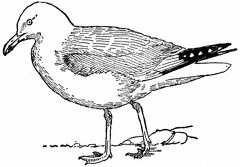 Herring Gull, Breeding Plumage
Herring Gull, Breeding Plumage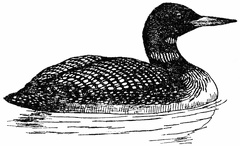 Loon, Breeding Plumage
Loon, Breeding Plumage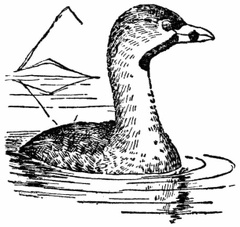 Pied-billed Grebe, Breeding Plumage
Pied-billed Grebe, Breeding Plumage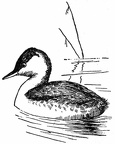 Horned Grebe, Winter Plumage
Horned Grebe, Winter Plumage



